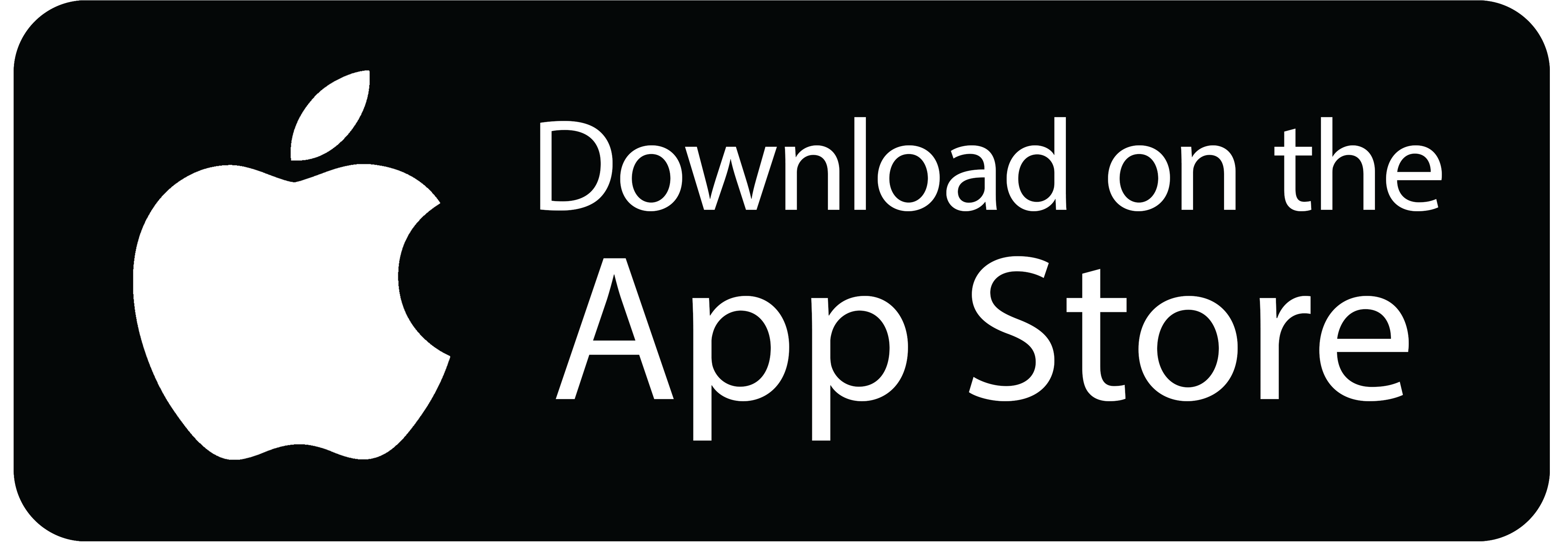Breaking News
September 27, 2025
SALAMANCA — A Salamanca man was being held for the murder of another person in the city, Salamanca police reported Saturday. Andrew C. Skye, 35, of 31...
Jobs
Kate Lopaze
December 27, 2021
Decoding the job description: what you need to know before you continue your job search
When you’re job hunting, the job description may feel like a mere blip on your way to applying for the job: you read it, decide whether or not you want
Local & Social
Latest news for you
Cattaraugus County News, Featured, Local News, ...
October 10, 2025
MADISON, Wisc. — Cattaraugus County (N.Y.) 4-H Member Olivia Shawley recently traveled to Madison to compete at the World Dairy Expo 4-H Judging Conte...
Cattaraugus County News, Featured, Local News, ...
By KELLEN M. QUIGLEY Managing Editor
October 9, 2025
ELLICOTTVILLE — Cornell Cooperative Extension (CCE) of Cattaraugus County invites community members to an early evening of family fun to explore the a...
Local Sports, Sports
October 9, 2025
Q: This weekend, which player set the record for the most points ever scored in a WNBA Finals quarter at 21? A: Jackie Young
Featured, Local News, News, ...
October 9, 2025
150 Years Oct. 14, 1875: The fields were white with snow Tuesday morning (Oct. 12). Old Man Winter seems to be unusually anxious to begin his reign th...
Cattaraugus County Source, Special Sections
mkeim@oleantimesherald.com
October 9, 2025
Opinion
October 9, 2025
10 years later This week marks quite the milestone in my professional life — one decade as a paid employee of the Salamanca Press. While I had my writ...
Cattaraugus County Source
Cattaraugus County Source, Special Sections
mkeim@oleantimesherald.com
October 2, 2025
This Week's Ads
Current e-Edition
Already a subscriber? Click the image to view the latest e-edition.
Don't have a subscription?
Click here to see our subscription options.
Help Our Community
Please help local businesses by taking an online survey to help us navigate through these unprecedented times. None of the responses will be shared or used for any other purpose except to better serve our community. The survey is at: www.pulsepoll.com $1,000 is being awarded. Everyone completing the survey will be able to enter a contest to Win as our way of saying, "Thank You" for your time. Thank You!






